How fiction ruined love
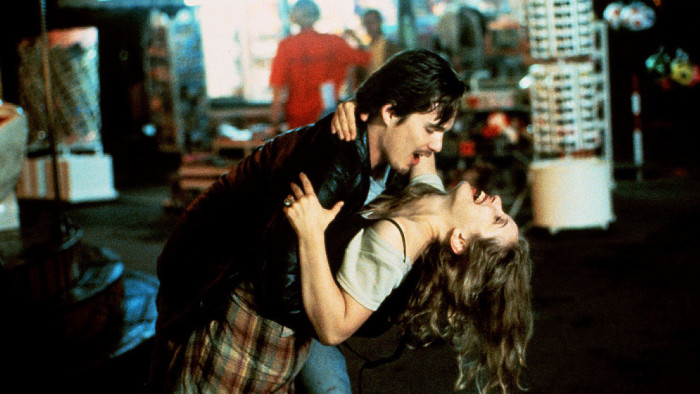
Simply sign up to the Life & Arts myFT Digest -- delivered directly to your inbox.
To fall in love feels like such a personal and spontaneous process, it is strange — and a bit insulting — to suggest that we’re only copying what the novels and the movies tell us to do. However, the differences in how people have loved throughout history suggest that our style of loving is to a significant extent determined by what the prevailing environment dictates. In certain eras, we’ll swoon at the sight of the beloved’s ankle; in others, we’ll coldly put romanticism aside for the sake of dynastic or practical concerns. We learn how to love by copying a range of more or less subtle cues emitted by our culture. Or, as that brilliant observer of human foibles, François de La Rochefoucauld, wickedly put it: “There are some people who would never have fallen in love if they had not heard there was such a thing.”
Crucially, over the centuries, the most important factor to have shaped how we love is art. It is through novels, poems, songs and, latterly, films that we have acquired our ideas about what aspects of our feelings we should value and where our emotional emphases should fall.
This is unfortunate. It’s not that the art has been bad; indeed a lot of it has reached the highest aesthetic pitch. It’s simply that representations of love in culture have frequently been profoundly misleading at the psychological level. That we are quite so bad at loving — and the statistics on relationship breakdowns suggest we really are — is a problem that can at least in part be laid at the door of culture. The primary impediment to having better relationships may be the quality of our art.
To call for “better” art doesn’t mean art that is more moving or colourful or impassioned. The art that deals with love is already all those things and more. What it is lacking are crucial elements of wisdom, realism and maturity. Our love stories excite us to expect things of love that are neither very possible nor very practical. The narrative arts of the romantic tradition — everything from the poetry of Keats to films such as Before Sunrise (1995) and Lost in Translation (2003) — have unwittingly constructed a devilish template of expectations of what relationships are supposed to be like, in the light of which our own love lives often look grievously unsatisfying. We may break up with our partners or feel romantically cursed because we have been systematically exposed to the wrong sorts of love stories.
In western literary culture, the book that has most generously and deeply explored the issue of how love stories affect our relationships is Gustave Flaubert’s Madame Bovary (1856). Early on in the novel, we learn that Emma Bovary spent her childhood in a convent immersed in heady Romantic fiction. As a result, she’s expecting that her husband will be a transcendent being, someone who understands her soul perfectly, a constantly thrilling intellectual and sexual presence.
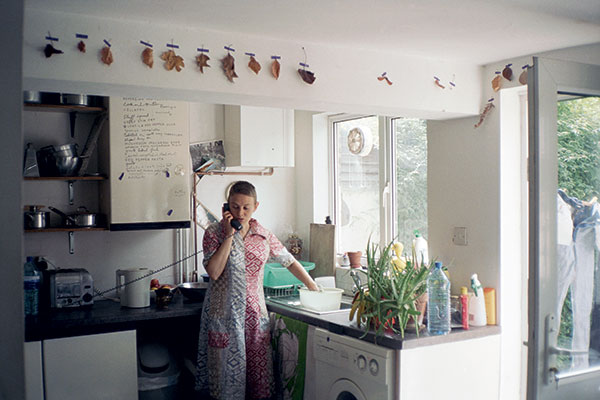
When she eventually does get married to the kind, thoughtful but in the end human (and therefore often humdrum) Charles, she is set up for a fall. She is quickly bored by the routines of married life. She has no interest in domestic chores, she hates having to prepare dinner, organise the linen cupboard and have quiet nights in with her spouse. Her dissatisfaction gets even worse when her first child arrives on the scene. She is convinced that her life has gone profoundly wrong for one central reason: because it’s so different from what the novels she knows told her it would be.
In a clumsy search to bring her reality in line with art, she embarks on a series of misguided affairs with louche figures, spends too much money, neglects her child and eventually commits suicide — bankrupt and in disgrace. Flaubert lays the blame squarely at the door of literature: a certain kind of Romantic novel is responsible for Emma Bovary’s death. He is writing the novel that she should have read in order to tolerate the reality of marriage — though sadly, she is the only one not to be able to benefit from Flaubert’s wry, realistic wisdom.
We are all, at points, as deluded as Emma Bovary, for our art is full of omissions. For example, in so many romantic tales, the whole business of work is rarely viewed as relevant to the enduring of a relationship. Yet of course, in reality, part of the rationale of any relationship is to enable two people to function as a stable joint economic unit for the education of the next generation. This is in no way banal. There are opportunities for genuine heroism here. Especially around laundry. We don’t hear much about this in art.
One of the central manuals of Romanticism — the book that more than any other taught people how to love in a new way — was The Sorrows of Young Werther, written by the German poet and philosopher Goethe in 1774, when he was in his mid-twenties. The book was an instant bestseller in Germany, England and France; Napoleon read it seven times. The novel tells the story of a student, Werther, and his doomed love for a young (betrothed) woman, Charlotte. The tone is intense and ardent. Yet, crucially, as his love for Charlotte grows, Werther is not distracted by the demands of an occupation. Romantic love is a leisured experience.
Romanticism and capitalism are the two dominant ideas of our time, guiding the way we think and feel about the two things that usually matter most in our lives: relationships and work. But combining romanticism and capitalism, as we are actually expected to do, can be arduous in the extreme. It’s an unhappy historical clash. We live under two very powerful but oddly incompatible systems — and art doesn’t help us here. The impressive philosophy of romantic love in art — with its emphasis on intimacy and openness and spending lengthy, carefree days together (often in nature, sometimes next to cliffs or waterfalls) — sits very badly with the requirements of working routines that fill our heads with complex demands, keep us away from home for long stretches and render us insecure about our positions in a competitive environment.
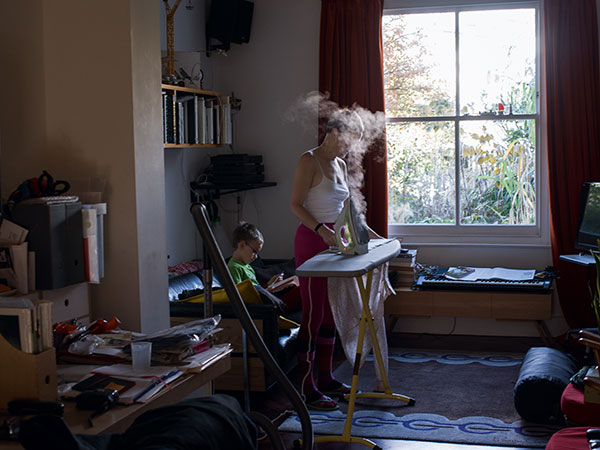
In Richard Linklater’s irresistible film, Before Sunrise, two young lovers meet on a train, fall in love and spend hours talking about their feelings while walking the streets of Vienna at night. Like so many romantic works of art, the film suggests that love involves very close communication about pretty much everything. But the level of openness this assumes is wholly at odds with the realities of day-to-day life.
After a tricky day (or week), one’s mind is likely to be numb with worries and duties. We may not feel like doing much besides sitting in silence, staring at the kitchen appliances, or running through a series of dramas and crises at work. Such preoccupation is not pleasant to witness, and it risks expressing itself in a range of not very endearing symptoms: grunting, brooding silence and a short-fused temper. The most innocuous-sounding question about how the day might have gone can elicit a growl — then, if it is repeated, an explosion. None of this we’ll be prepared for if we stick to the romantic script.
When romantic writers have explored the troubles of relationships in their works, they have tended to draw attention to important, but notably limited, issues. The great Russian poet Alexander Pushkin depicted the challenges faced by rational, self-possessed people in revealing their true desires in Eugene Onegin (1825-32). Jane Austen was acutely attentive to how differences in social status could pose obstacles to a couple’s chances of contentment. In Italy, the most widely read novel of the 19th century — The Betrothed by Alessandro Manzoni — discussed how political corruption could overwhelm love. All these great writers were — in different ways — deeply interested in what might make it hard for a relationship to go well.

And yet there has tended to be something major missing from their list. There has never been very much interest in any of the challenges that fall within the realm of what we can call the “domestic”, a term that captures all the practicalities of living together and extends across a range of small but crucial issues, including whom one should visit on the weekend, what time to go to bed, and whether or not towels should be hung up in the bathroom.
From the romantic point of view, these things cannot be serious or important. Relationships are made or broken over grand, dramatic matters: fidelity and betrayal, the courage to face society on one’s own terms, the tragedy of being ground down by political opposition. The day-to-day minutiae of the domestic sphere seem entirely unimpressive and humiliatingly insignificant by comparison.
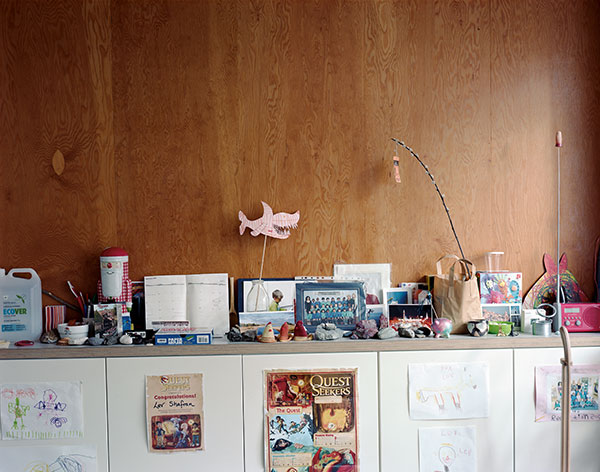
In Haruki Murakami’s outstanding 1987 novel, Norwegian Wood, we are taken through every nuance in the emotions of unrequited or doomed love. What is ignored, as it almost always is in art, is the business of sharing a life with someone who isn’t married to someone else, distant, dying or out of reach. What we have come to think of as a “love story” tends — ultimately — frequently to comprise only the obstacles that lie in the way of a love story starting. But once a relationship properly begins, the film or novel ends.
The good-enough ordinary love stories that do exist are therefore all the more remarkable. Karl Ove Knausgaard’s cataloguing of his daily life comes to mind, or, to pick a mid-20th century example, Evan Connell’s Mrs Bridge, which looked at the everyday unhappiness of married life. In cinema, we have the films of Eric Rohmer in France or those of Joanna Hogg in the UK, as well as American indie movies such as Richard Linklater’s Before Midnight (2013), which catches up with the lovers from Before Sunrise in discontented middle age, and acts as a brilliant corrective to his earlier romanticism. These haven’t fundamentally changed our views of love, but they offer a welcome counterpoint to our more starry-eyed predilections.
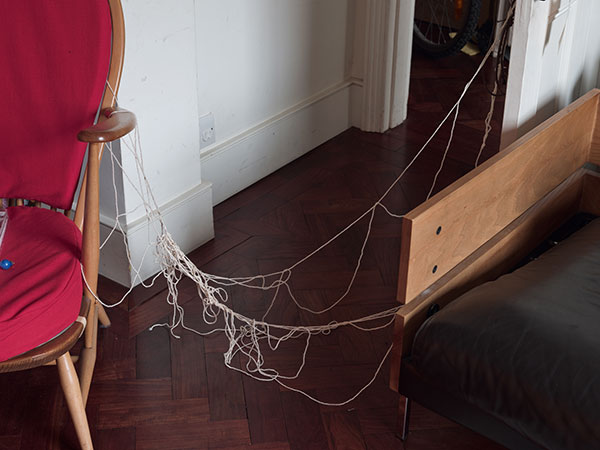
Until our art changes more completely, we won’t go into relationships ready to perceive domestic issues as important potential flashpoints to look out for and pay attention to. We won’t acknowledge how much it may end up mattering whether we can maturely resolve issues around the eating of toast in bed or the conundrum of whether it is stylish, or a touch pretentious, to give a cocktail party.
Films like When Harry Met Sally . . . (1989) and Four Weddings and a Funeral (1994) are typical in centring the action entirely on the run-up to the start of a relationship. But for most of us, our life’s problem isn’t finding a partner (that’s just one very important and at points thrilling phase), it is tolerating the candidate one eventually finds, and being tolerated by them, over time. A wiser culture than ours would recognise that the start of a relationship is not the high point that romantic art assumes; it is merely the first step of a far longer, more ambivalent and yet quietly audacious journey on which we should direct our intelligence and scrutiny.
There’s another thing missing from a lot of art about love: children. In films such as Amélie (2001), children are incidental, sweet symbols of mutual love, or naughty in an endearing way. They rarely cry, take up little time, and are generally wise, exhibiting an unschooled intelligence. But in life, we come to see that relationships are often fundamentally oriented towards the having and raising of children — and, at the same time, that children tend to place the couple under unbearable strain. They may kill the passion that made them possible. Life moves from the sublime to the quotidian. There are toys in the living room, pieces of chicken under the table, years of rebellion and no time to talk. Everyone is always tired. This, too — unlike what Shelley or Baudelaire tell us — is love.
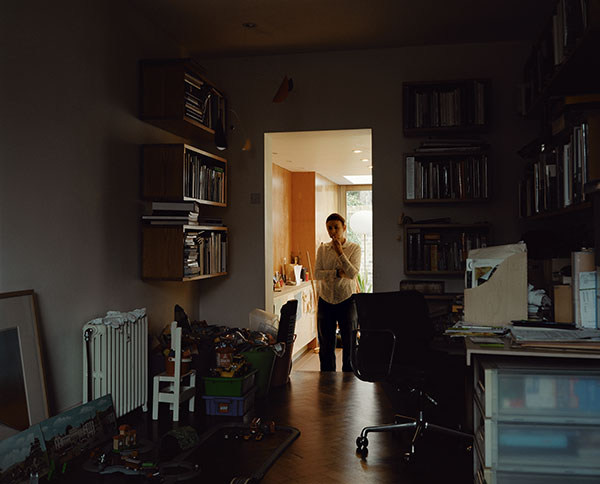
Our culture is full of skilful depictions of love. But at the same time, many of these tales are very unhelpful. We learn to judge ourselves by the hopes and expectations fostered by a misleading artistic medium. By its standards, our own relationships are almost all damaged and unsatisfactory. No wonder separation or divorce so often appear to be inevitable. They shouldn’t be. We merely need to tell ourselves more accurate stories about the progress of relationships, stories that normalise troubles and show us an intelligent, helpful path through them.
Alain de Botton has written an un-Romantic love novel, ‘The Course of Love’, out now from Penguin. He gives a talk on the book on May 4 in London, theschooloflife.com
Letters in response to this story
Don’t ask art for help — it has altogether other plans / Irene Kowal
Fallada’s ‘Little Man’ has love and everything else / From Clay Ramsay
Comments